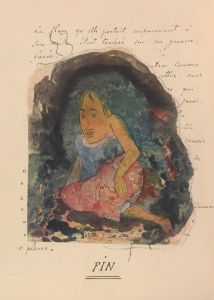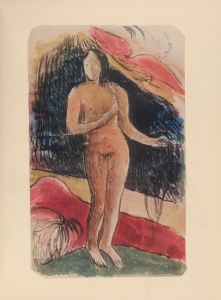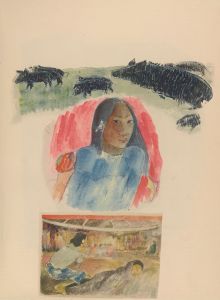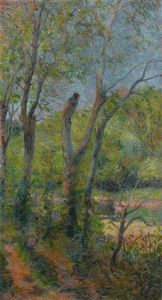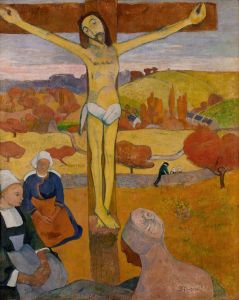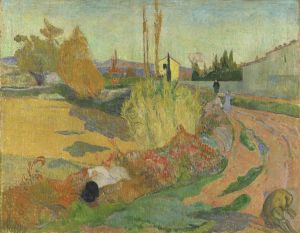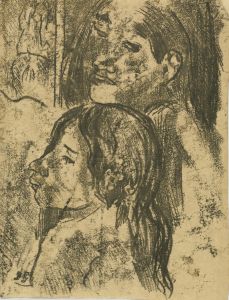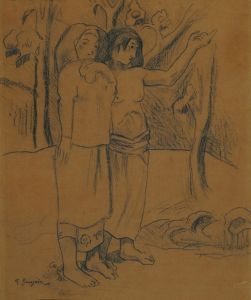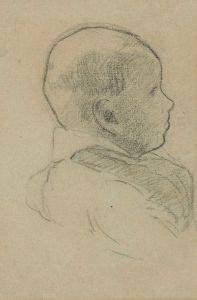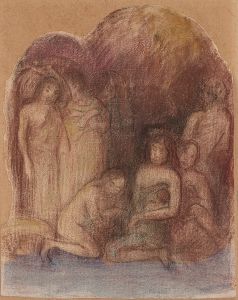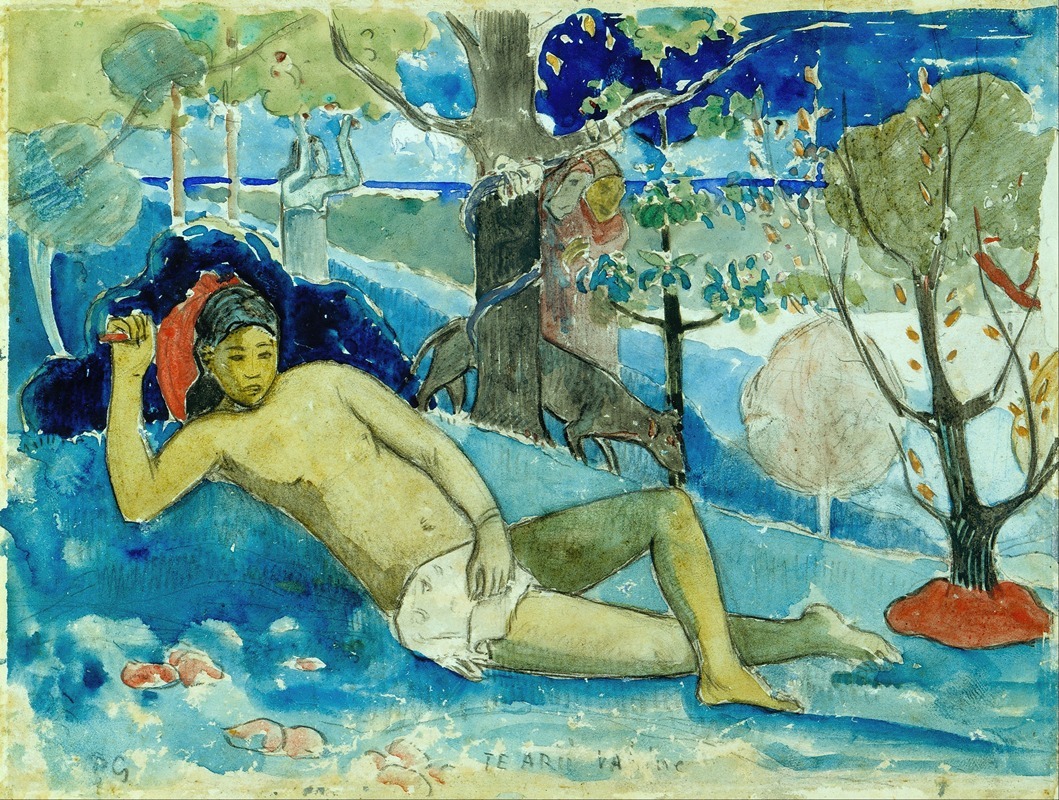
Te arii vahine
A hand-painted replica of Paul Gauguin’s masterpiece Te arii vahine, meticulously crafted by professional artists to capture the true essence of the original. Each piece is created with museum-quality canvas and rare mineral pigments, carefully painted by experienced artists with delicate brushstrokes and rich, layered colors to perfectly recreate the texture of the original artwork. Unlike machine-printed reproductions, this hand-painted version brings the painting to life, infused with the artist’s emotions and skill in every stroke. Whether for personal collection or home decoration, it instantly elevates the artistic atmosphere of any space.
"Te arii vahine" (The Noble Woman) is an oil painting created by French Post-Impressionist artist Paul Gauguin in 1896. The artwork was produced during Gauguin's second stay in Tahiti, a period when he sought to immerse himself in what he perceived as a more "primitive" and unspoiled culture, away from the industrialized society of Europe. This painting reflects Gauguin's fascination with Tahitian culture, its people, and its landscapes, which became central themes in his work during this time.
The painting depicts a seated Tahitian woman dressed in traditional attire, with a serene and contemplative expression. Behind her, a lush and colorful background of tropical vegetation and symbolic elements is rendered in Gauguin's distinctive style, characterized by bold colors, flattened forms, and a departure from strict naturalism. The title, "Te arii vahine," translates to "The Noble Woman" in Tahitian, suggesting that the subject may represent an idealized figure of dignity and grace within the local culture.
Gauguin's works from his Tahitian period, including "Te arii vahine," often blend elements of reality and imagination. While the painting captures aspects of Tahitian life, it is also shaped by Gauguin's personal interpretations and artistic vision. His use of vibrant colors and simplified forms reflects his desire to convey emotional and symbolic meaning rather than mere visual accuracy.
"Te arii vahine" is part of Gauguin's broader exploration of themes such as identity, spirituality, and the relationship between humanity and nature. The painting exemplifies his innovative approach to composition and his efforts to challenge the conventions of Western art. It also reflects the complex dynamics of cultural exchange and appropriation that characterized Gauguin's time in Tahiti.
Today, "Te arii vahine" is held in the collection of the Musée d'Orsay in Paris, France. It remains an important example of Gauguin's Tahitian works and continues to be studied and appreciated for its artistic and cultural significance.







